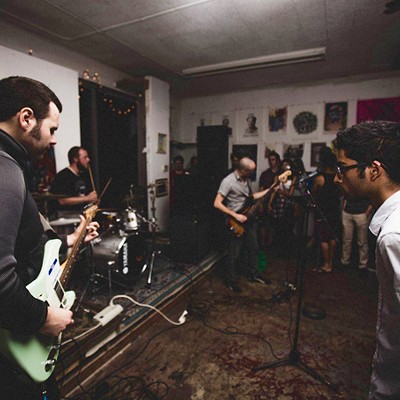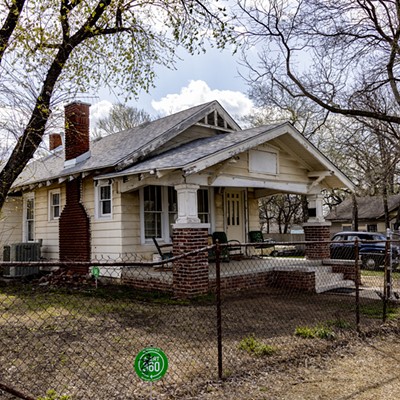Science and math can often seem distant and abstract in theory. Giving students a chance to apply their knowledge is key to igniting interest in gifted young minds.
For young engineers, nothing inspires like building a robot, and the FIRST Robotics Competition challenges high school students across the world to build robots and pit them against each other.
Called a "varsity sport of the mind," FIRST (which stands for "For Inspiration and Recognition of Science and Technology") announces a new challenge every year. Students have six weeks to build a robot to meet that challenge with a standard parts kit. More than 40 state teams will converge on the Cox Convention Center this weekend to vie for a spot at the national competition.
"When you look at the age of the students we are working with, what excites them is seeing things work, seeing things in action" said program mentor Drew Terry. "They could work on something on paper one day, and then see it in action a couple days later and know it was a direct result."
CAREER IN ENGINEERING
High school junior Spencer Hanes, a member of the Canadian Valley Technology Center team dubbed Chicken Wire and Duct Tape, sees the competition as good preparation for a career in engineering.
"It gives me an opportunity to get into a lot of what I will actually be doing in the field," he said. "I'm working with the robot's programming. I've thrown in some ideas I've had on the mechanical side, but mainly I'll work on programming with the two electrical engineer mentors coming out."
Bryan Hawk is a pre-engineering instructor at the technology center and oversees the team. He said the biggest hurdle for many interested students is that most high schools are not equipped to prepare them for the challenging college curriculum.
"Right now, there is only a 25 percent success rate for someone who starts off as an engineering major and actual finishes with a degree," Hawk said. "So, three-fourths of the people who start an engineering degree go off to do something else."
Terry said students also spend the first few years learning engineering only on paper, making the competition a valuable chance to see theory put to real-world use.
"This is a great opportunity for kids to see electronics, software and engineering, to see their ideas in action, which motivates kids in what they want to do later in life," he said.
This year's challenge, called "Lunacy," is a nod to the Apollo 11 moon landing. Using a slick surface and slick wheels, the challenge attempts to recreate low gravity conditions, and teams need to get "moon rocks" into trailers being towed by opposing robots.
"Just the formation of all these obstacles causes us to have to think uniquely," said Canadian Valley pre-engineering instructor Denis Seewald. "How many people have to design something to deal with all that? It is a pretty bizarre set of circumstances, but all those basic physics principles are still applicable."
"Charles Martin













